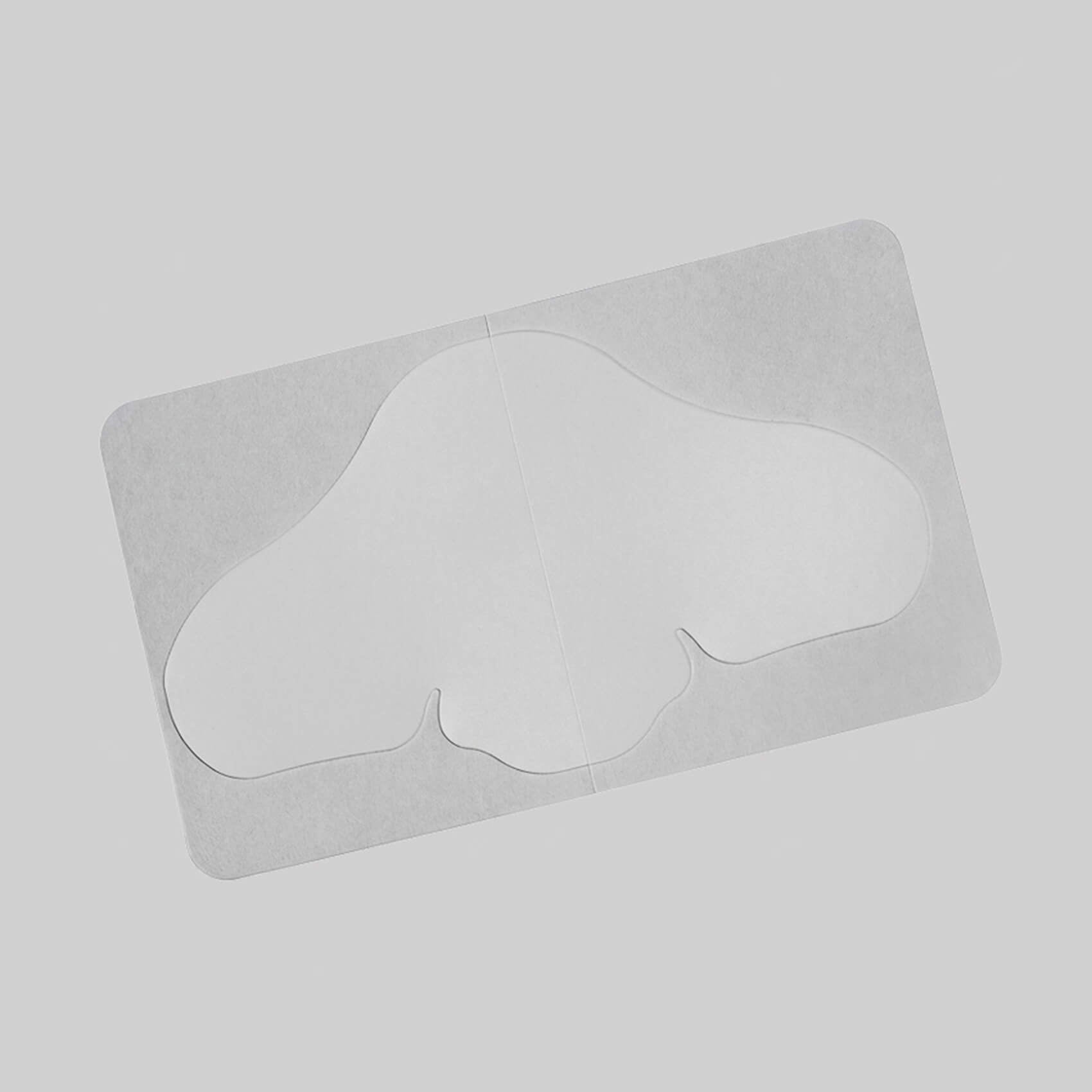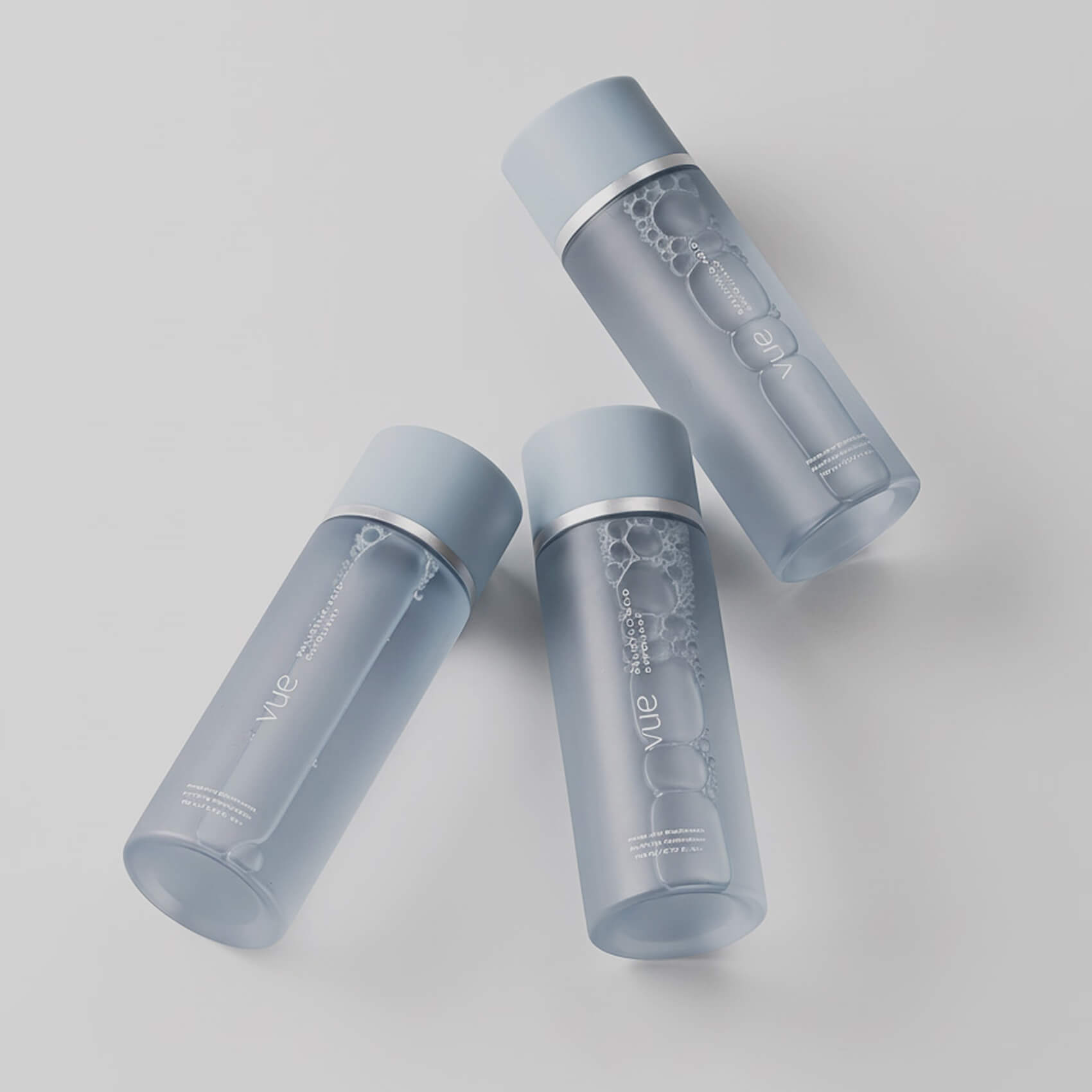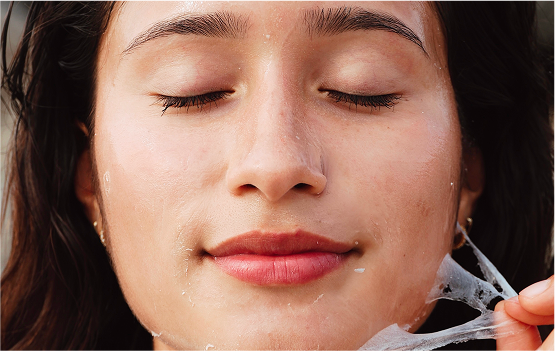Your skin is more than just a protective barrier - it’s a thriving ecosystem of bacteria, fungi, and other microorganisms known as the skin microbiome. When balanced, this microscopic world keeps your skin healthy and resilient. But when disrupted, it can lead to irritation, breakouts, and sensitivity.
That’s where prebiotics come in. They are a powerful way to nourish and support the beneficial bacteria already living on your skin. Unlike probiotics, which introduce live bacteria, prebiotics act as food for the beneficial microbes already living on your skin, helping them thrive and outcompete harmful ones. This strengthens the skin barrier, reduces inflammation, and promotes a balanced complexion.
If you’ve ever struggled with acne, sensitivity, or a weakened skin barrier, learning how prebiotics work could be a game-changer for your skincare routine, so let’s dive into the science behind it!

The Skin Microbiome
Much like your gut, your skin has its own microbiome - a diverse community of microorganisms working to keep your skin in top condition. A healthy microbiome helps:
- Defend against harmful bacteria that can cause acne and infections.
- Regulate inflammation, reducing sensitivity and redness.
- Maintain hydration, keeping skin soft and plump.
- Support wound healing, aiding in skin repair.
But modern life isn’t always kind to the microbiome. Harsh cleansers, pollution, UV exposure, and even stress can throw this delicate ecosystem off balance. When bad bacteria overpower the good, you might notice increased breakouts, dryness, irritation, and a compromised skin barrier.

How Prebiotics Help
Prebiotics are non-living ingredients that act as a food source for beneficial skin bacteria. By selectively feeding the good bacteria on your skin, prebiotics help them grow and flourish—naturally pushing out harmful microbes and restoring balance.
Key Benefits of Prebiotics for Skin
- Support beneficial bacteria – Encourages the growth of healthy skin microbes, reducing the presence of harmful bacteria that can trigger breakouts.
- Strengthen the skin barrier – A robust microbiome improves your skin’s defense against environmental stressors, like pollution and allergens.
- Reduce inflammation and sensitivity – A balanced microbiome helps calm irritated skin, making prebiotics great for people with redness, rosacea, or eczema.
- Enhance hydration – A well-functioning microbiome helps maintain moisture levels, preventing dryness and flakiness.
- Protect against premature aging – A resilient skin barrier prevents oxidative stress, which can contribute to fine lines and dullness over time.

The Role of Prebiotics in Skin Barrier Repair
Your skin barrier is the outermost layer of your skin, responsible for keeping moisture in and irritants out. When this barrier is weakened—due to over-exfoliation, harsh ingredients, or environmental damage—your skin may become dry, sensitive, and prone to breakouts.
Since prebiotics directly support a healthy microbiome, they play a crucial role in strengthening and repairing the skin barrier. They help:
- Encourage the production of protective lipids, which lock in moisture and prevent dehydration.
- Reduce trans-epidermal water loss (TEWL), keeping skin hydrated and resilient.
- Maintain a balanced pH, which is essential for preventing bacteria overgrowth.
By incorporating prebiotics into your routine, you help reinforce your skin’s natural defenses, making it more resistant to external stressors.

Why a Prebiotic Moisturizer is Essential for Healthy Skin
One of the best ways to integrate prebiotics into your skincare routine is through a prebiotic moisturizer. Since moisturizers are designed to hydrate and protect, adding prebiotic ingredients ensures that your skin is not just getting moisture, but also active nourishment for its microbiome.
A high-quality prebiotic moisturizer should:
- Contain prebiotic ingredients that selectively nourish good bacteria.
- Provide hydration without clogging pores or causing irritation.
- Support skin barrier repair, helping your skin stay strong and healthy.
- Be suitable for all skin types, including sensitive or acne-prone skin.
For a formula that checks all these boxes, Vue’s Prebiotic Clarifying Moisturizer is a great choice. It hydrates while feeding beneficial bacteria, reducing irritation, and strengthening the skin barrier. Its lightweight, fast-absorbing texture makes it ideal for daily use, helping your skin stay balanced, soothed, and resilient.

How to Incorporate Prebiotics into Your Skincare Routine
Adding prebiotics to your routine doesn’t have to be complicated. Here’s a simple way to get started:
- Use a gentle, microbiome-friendly cleanser – Harsh cleansers can strip your skin, so opt for a sulfate-free formula that preserves natural oils.
- Follow with a prebiotic serum or moisturizer – Look for products specifically formulated to support your microbiome.
- Avoid over-exfoliating – Too much exfoliation can disrupt the microbiome, so limit scrubs and acids to a few times a week.
- Choose barrier-supporting ingredients – Pair prebiotics with ceramides, hyaluronic acid, and niacinamide for maximum skin health.
- Be consistent – Like any skincare routine, regular use is key to seeing long-term benefits.

Final Thoughts
Prebiotics are one of the most exciting advancements in skincare because they work with your skin’s natural biology rather than against it. By feeding the beneficial bacteria already present on your skin, prebiotics help restore balance, strengthen the skin barrier, and reduce inflammation.
If you struggle with sensitivity, breakouts, or dryness, adding a prebiotic moisturizer to your routine - like Vue’s Prebiotic Clarifying Moisturizer—can make a noticeable difference.
Skincare isn’t just about what you put on your skin - it’s about creating the right environment for your skin to thrive. Nourish your microbiome, and your skin will thank you.
















